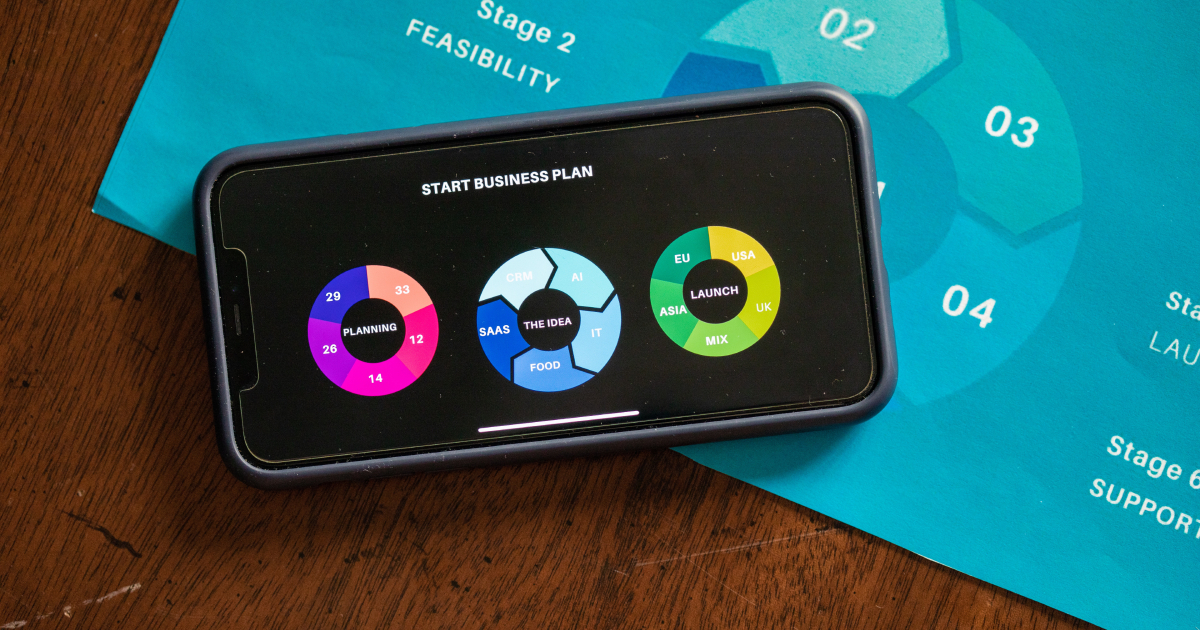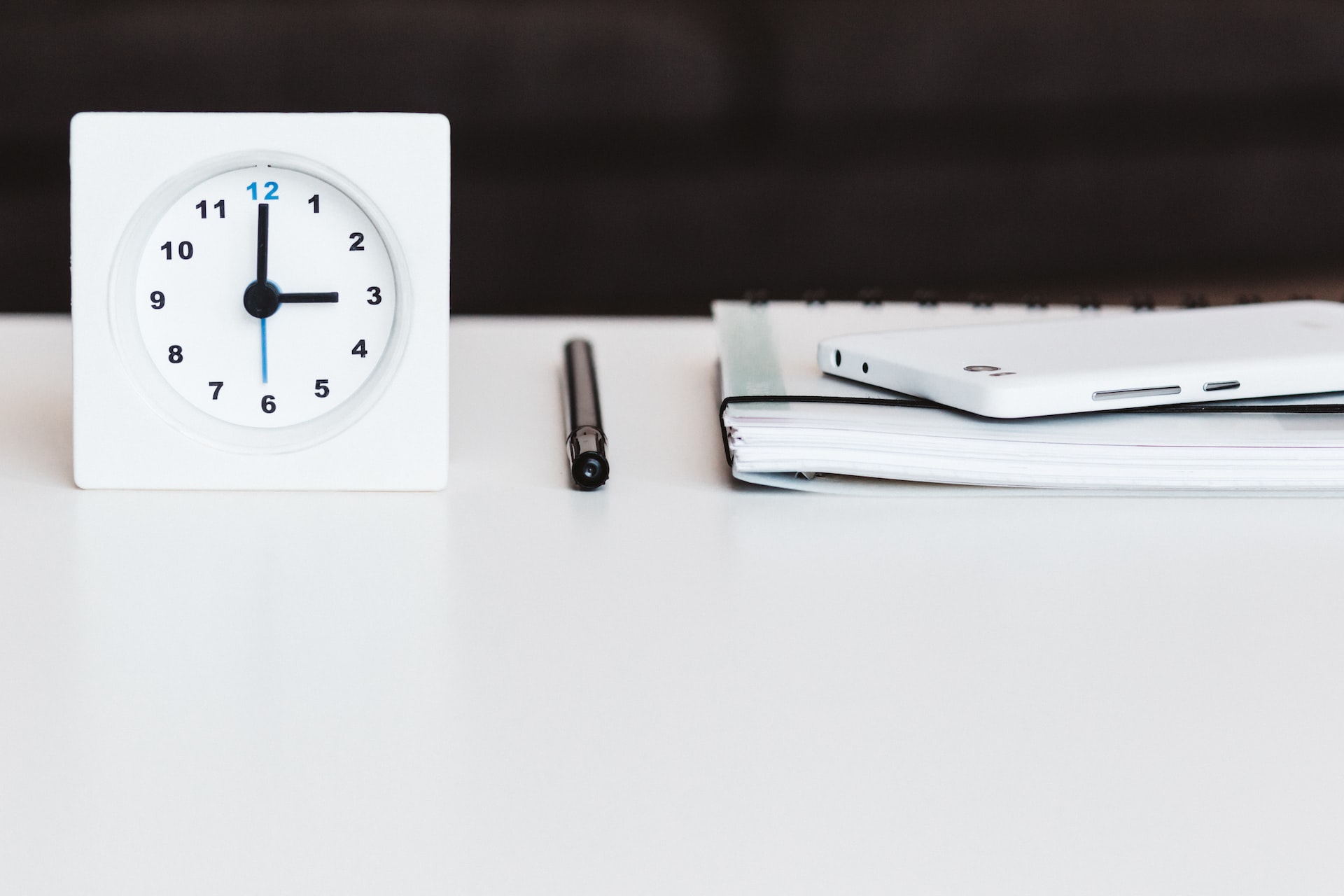In recent years, a lot of things have changed relative to the workspace. Employers who would have never considered allowing their employees to work remotely were forced to figure out how to be flexible with working from home (or, unfortunately, let go of their businesses). Here we stand in 2023, and many (if not most) employees have adapted quite well to performing their day-to-day tasks from home.
With that said, working from home does come with a few costs if you aren’t careful. Are you working against the clock, or is the clock working for you? When you build your knowledge and practice of time management ideas and strategies, you can avoid undue stresses and confusion that might otherwise occur during your day-to-day workflow.
Not sure where to start? Don’t worry! We’ve put together this guide to help you handle time management in a way that makes sense for the work-from-home everyday employee. Here are a few time management tips to help you make the most of your work day.
Create a Dedicated Workspace
 This may not feel like it’s related to time management, but rest assured, we know what we’re talking about.
This may not feel like it’s related to time management, but rest assured, we know what we’re talking about.
When you create a dedicated workspace within your home, you’re more capable of switching your work mode setting from off to on, then back again. This allows you to actually feel like you’re in an office when you need to be “on” and walk away when it’s time to turn your brain “off.”
It doesn’t matter how large or small your space is. The key is creating a dedicated workspace – separate from other areas in your home where you might be distracted cooking, cleaning, or simply relaxing – so when you enter this space, it is to work and only to work.
Here are a few pointers to help you get started:
- Find a quiet room or corner in your space that has good lighting.
- Organize your workspace in a way that eliminates as many distractions as possible.
- Make sure you have comfortable furniture that helps you keep a positive posture during those long hours at work.
- Add personal touches to your space, so you actually want to spend time there.
If, after these efforts, you find your home office is still too distracting, you might want to consider opting for a shared workspace near your home, like a library or a rented office.
Create a Schedule
Stick to a workday schedule, even if you have autonomy over certain tasks. This helps ensure accountability, but it also signals to others in your household that you’re holding specific working hours. If you’re responsible for other household duties throughout the day, put them on your calendar so all involved are aware of what you’re trying to accomplish throughout the day.
If you want your family to be aware of your “do-not-disturb” hours, publish your unavailable time on a cloud calendar, or simply print your schedule each week and post it to the fridge.
Explore Productivity Apps
 Don’t miss out on the plethora of digital options available that’ll help you get back on track. Evernote and Focus Booster, for example, are two options that can help you keep track of your projects, meet deadlines, and stay as organized as possible. They also notify you when it’s time to take a break or walk away at the end of your work day.
Don’t miss out on the plethora of digital options available that’ll help you get back on track. Evernote and Focus Booster, for example, are two options that can help you keep track of your projects, meet deadlines, and stay as organized as possible. They also notify you when it’s time to take a break or walk away at the end of your work day.
When you’re feeling weeded and can’t keep track of time, these apps can help you move forward, so you’re not spinning your wheels two hours after it was time to shut everything down.
If you’re looking for an app that will give you productive stretching breaks, Stretchly is an open-source app that provides a screen reminder and timer, so you’re not staring at your screen for too long with little movement in between.
Manage Your Energy
When you work from home, you often can manage your energy, which can mean huge things as far as maximum productivity. Every person has their own internal rhythm, and when you have the grace from your company to figure out what works best for you, you can plan meetings and schedule strategizing sessions accordingly. If you’re the most efficient first thing in the morning, find ways to make your projects align with this time of day. If afternoons are more productive for you, schedule your meetings in the morning, then block your calendar out later in the day so you can be head-down in all of the work you need to complete.
Focus on what you’re able to control and schedule your work responsibilities around optimal times so you can take advantage of natural high- and low-energy periods.
Put Away or Silence Distractions
 It’s almost impossible to eliminate all distractions, but are there steps you can take to minimize the loud ones that are almost always in reach? Probably.
It’s almost impossible to eliminate all distractions, but are there steps you can take to minimize the loud ones that are almost always in reach? Probably.
Make sure your work equipment is organized in a way that keeps things close at hand, so you can have everything you need when you need it. Along the same lines, the calendar we mentioned above will help, particularly if you’re cohabitating in a place with others. The more your household is aware of your schedule, the fewer disruptions you should experience in the long run. Turn off and put away your phone during work hours or – at the very least – silence your notifications with “do not disturb” or by turning your ringer off. This way, the constant buzzing or lighting up of the screen won’t distract you.
Along the same lines, keep your workspace tidy and clutter-free. This will help you focus when you need to put your head into your work.
Build a Routine
Working from home can throw off your daily routine; what were once good habits can easily become bad ones. Waking up at 5 a.m. to go to the gym can easily turn into waking up at 9 a.m. and working from bed all day. Before you know it, you’re taking Zoom calls with your pajamas on, and you can’t remember the last time you showered.
It’s so easy to lose track of time (and of a healthy daily routine) when you work from home, especially if you’re “on” all the time. Build a habit that helps you stick to a specified routine, even if you don’t leave your house for five days. Here are a few tips:
- Wake up at the same time every day.
- Get in a 30-minute workout.
- Shower and brush your teeth.
- Make breakfast and coffee.
- Get comfortable and open your computer.
- Sip your java and get to work!
Pretend You’re Going to the Office
 Referencing the routine you’ve built above, you can pretend like you’re actually about to interact with all of your colleagues, clients, and leaders.
Referencing the routine you’ve built above, you can pretend like you’re actually about to interact with all of your colleagues, clients, and leaders.
Get up in time to prepare and get ready for the workday, set your meeting expectations, and get your slide decks ready. Plan your lunch (and take it!), and make sure you stick to the schedule you’ve laid out.
This also means taking breaks throughout the day. Walk your dog, get the mail, take a stroll around your block between calls – just make sure you stick to a set schedule, do your prep work, and follow through with everything you’d be expected to do if you were actually at the office.
Take Breaks to Chat with Colleagues
Just because you’re not working face to face, it doesn’t mean you can’t bounce ideas off each other or take small breaks to catch up with coworkers.
Schedule regular weekly or monthly chats with your team just as you would in an office setting. This is a great way to decompress and toss ideas back and forth in a work-but-not-work environment. A quick 30-minute call can lend you a dozen ideas you might not have even thought about otherwise, sending you into the world with a renewed vision and mission.
Beyond that, it’s important not to feel disconnected from your team. Regular touch bases can help you reconnect with folks on the other side of the screen. Plus, a few minutes of face-to-face interaction often leads to revived energy and efficiency in the workplace.
Set Healthy Boundaries
Rather than working longer hours and more days just because your office is right there in your living room, define when you’re willing to work and for how long.
“Efficiency” doesn’t mean working yourself to death. Instead, it means figuring out how to work optimally within the boundaries you’ve created (alongside the input of your manager, of course).
A lot of employees have probably found themselves working far more hours now that they work from home. So, to maintain a healthy work-life balance, you need to create a schedule by which you begin and end your day at a specific time. When the day is done, shut that computer and walk away. Go for a stroll around the neighborhood, cook dinner with your family, talk to friends on the phone – just leave your work where you left it. You’ll be more refreshed and ready to tackle the day in the morning if you walk away when you’re supposed to.
Make To-Do Lists
 Before we say anything more, you need to understand that massive to-do lists will never get done. They need to be reasonable and doable. Otherwise, they’ll just carry over every day until you feel super overwhelmed.
Before we say anything more, you need to understand that massive to-do lists will never get done. They need to be reasonable and doable. Otherwise, they’ll just carry over every day until you feel super overwhelmed.
With that said, even if you’re not a natural list-maker, to-do lists can really help you stay on top of stuff. Create a list of the top three things you need to accomplish each day. You can certainly add to that as time is willing, but three is generally a manageable number.
Refer back to your list throughout the day, and check off items as you complete them. This ensures you’re on track to meet your priorities today, tomorrow, and in the coming days. At the end of the day, analyze your list and set priorities for the day to come. This will help you get into the habit of ensuring your focusing on the right things at the right times.
Building healthy work-from-home habits is key to managing your time more efficiently. To continue performing exceptionally while working from home, take the time to make your space a productive one. The results are sure to deliver success.


